By tourist on April 4, 2015
Enjoy, Heritage, See, Vimioso
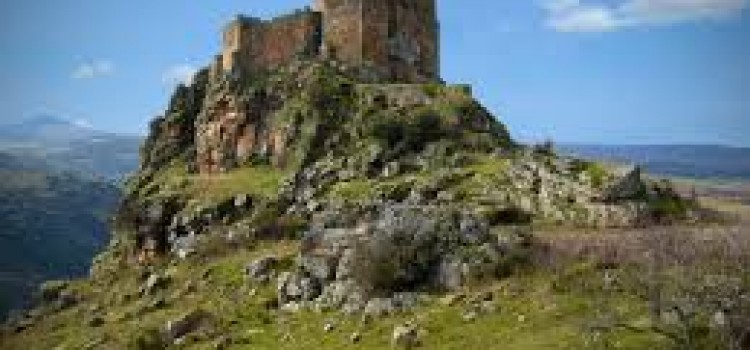
At the time of the Christian Reconquest of the Iberian Peninsula, the primitive streak Limits Portucalense county with the lion kingdom was developing along the left bank of the river Sabor to its confluence with the creek Angueira. This streak was guarded by four main sentinels: Castle Million, Castle Santulhão (both have since disappeared), the […]
By tourist on April 4, 2015
Go, Heritage, Montalegre, See
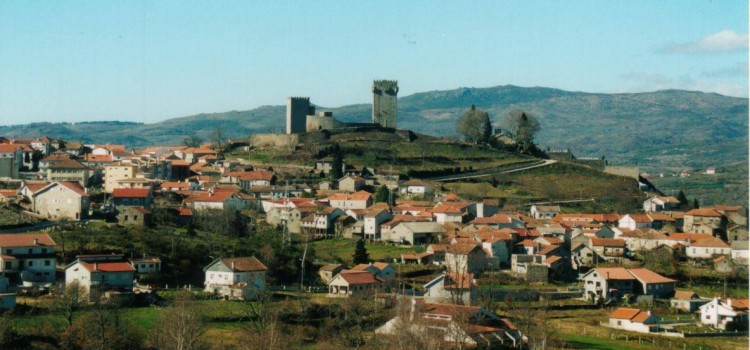
Early construction in Montalegre date back 3500–4000 years when early inhabitants, around the villages of Mourela, Veiga and Vila da Ponte, buried their dead in funeral mounds. Vestiges of this culture predominate the region, and suggest that settlements have been ongoing since the Metal Ages. Celt colonies began to appear afterward, constructing castros in many of the places that […]
By tourist on April 4, 2015
Heritage, Know, Learn, Slider
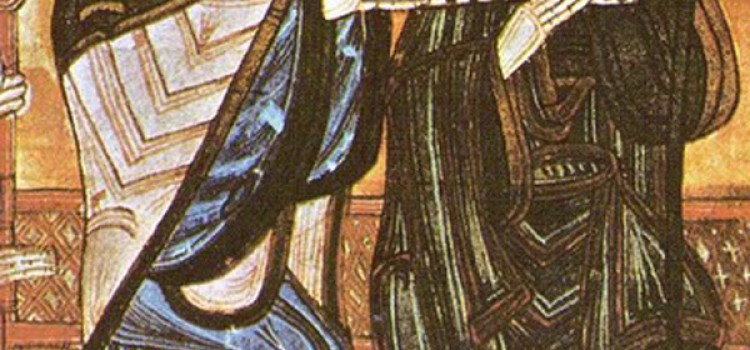
The Reino de Leão was an independent kingdom situated in the northwest region of the Iberian Peninsula. It was founded in AD 910 when the Christian princes of Asturias along the northern coast of the peninsula shifted their capital from Oviedo to the city of León. The County of Portugal separated to become the independent Kingdom of Portugal in 1139 and the eastern, inland part of León was joined […]
By tourist on April 4, 2015
Leonese language
Heritage, Know, Slider
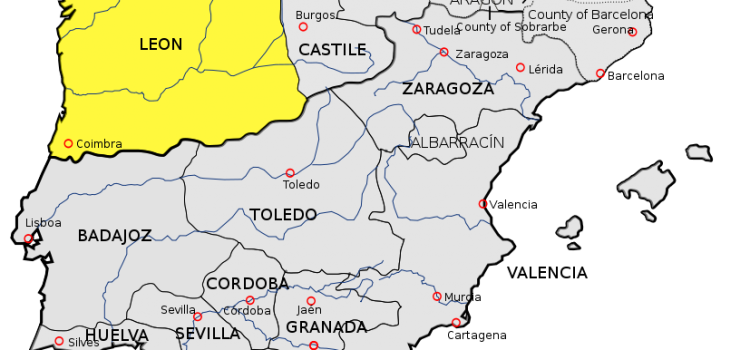
The Leonese are an ethnic group whose homeland is the former Kingdom of León, now known as region of Leon. This area was formerly a country in Southwestern Europe that covered a territory in northwestern Spain and northeastern Portugal. The Leonese Kingdom was an independent kingdom in the Middle Ages, keeping its status as a kingdom under the Spanish rule until the 1833 territorial division of Spain. […]
By tourist on April 4, 2015
Chaves, Heritage, Religious tourism
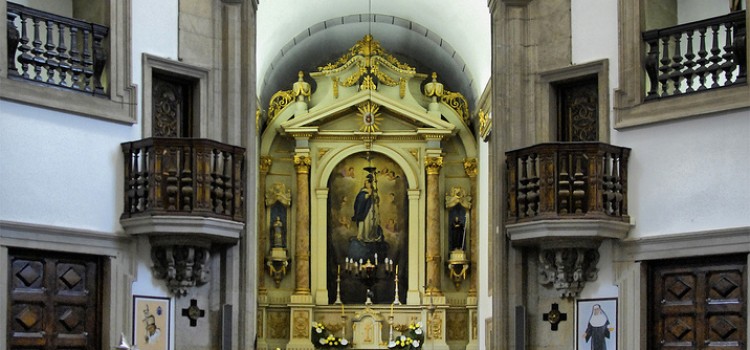
This church dates from the eighteenth century, and was built during the reign of King João V, its patron and supporter, whose coat of arms is included in the doorway. At first it was a church adjoining a military hospital supported by the brothers of São João de Deus, and which contained a Theatre of […]
By tourist on April 4, 2015
bridge
Heritage, Mirandela
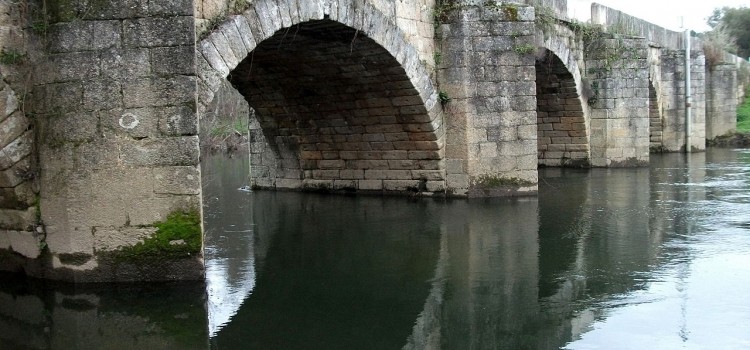
The stone bridge over the river Tuela, also referred to as Romanesque bridge over the river Tuela or Dona Tower Bridge Flame, is a bridge over the river Tuela on National Highway 206 in Torre de Dona Chama, Portugal. Torre de Dona Chama
By tourist on April 4, 2015
Chaves, Heritage
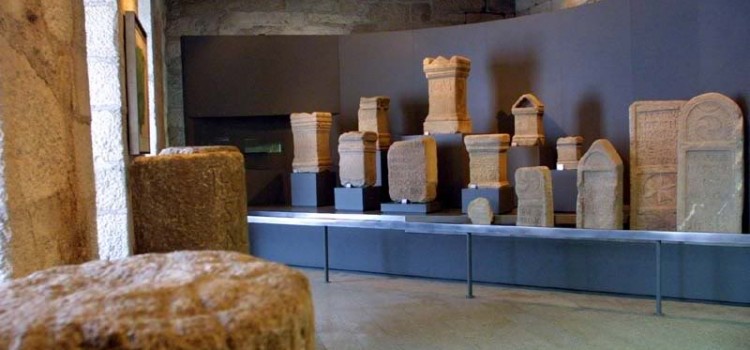
This museum, which opened in 1929, has been in the Palace of the Dukes of Bragança since 1978, close to the Praça de Camões square and Chaves Town Hall. From 1997 onwards, it became essentially an archaeological museum, and the main museum for the Flaviense Region. Its contents date from between the third millennium BC […]
By tourist on April 4, 2015
Chaves, Heritage
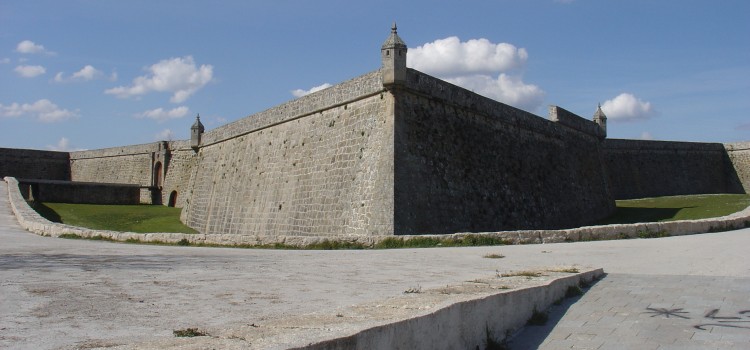
Fortress of São Neutel (Chaves) Two years after work finished on the fortress of São Francisco (1664), General Andrade e Sousa began work to the north of the city on a new fortress, separate from the defensive system of Chaves. Equally inspired by the defensive designs of the period, it has a similar appearance to […]
By tourist on April 3, 2015
Mirandese language
Heritage, Heritage tourism, Miranda do Douro, Slider
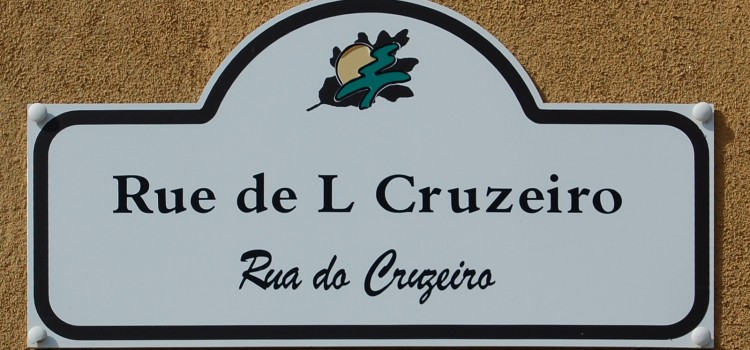
The Mirandese language (autonym: mirandés or lhéngua mirandesa; Portuguese: mirandês or língua mirandesa) is a Romance language belonging to the Astur-Leonese linguistic group, sparsely spoken in a small area of northeastern Portugal, in the municipalities of Miranda do Douro, Mogadouro and Vimioso. The Portuguese Parliament granted it co-official recognition (along with the Portuguese language) for local matters on 17 September 1998 with the law 7/99 of 29 January 1999. Mirandese has a distinct phonology, morphology and syntax, and has […]
By tourist on April 3, 2015
heritage, mirandes, museum
Heritage, Miranda do Douro, Slider
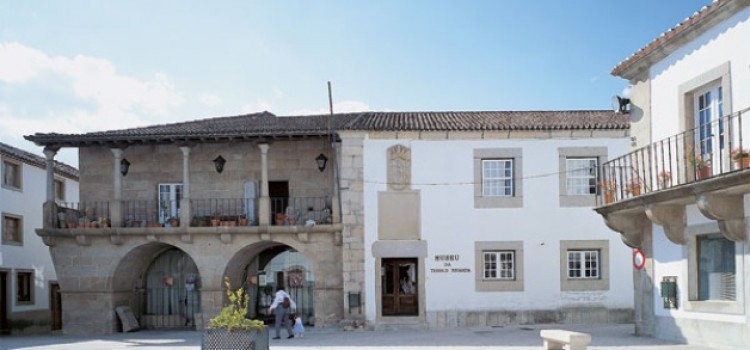
The Museu da Terra de Miranda(Land of Miranda Museum) is located in the center of Miranda do Douro, housed in the former Domus Municipalis the city, the seventeenth century building. Founded in 1982, the museum evokes the long time the Mirandese plateau. The visit allows to discover characteristic features of the social and cultural life […]












